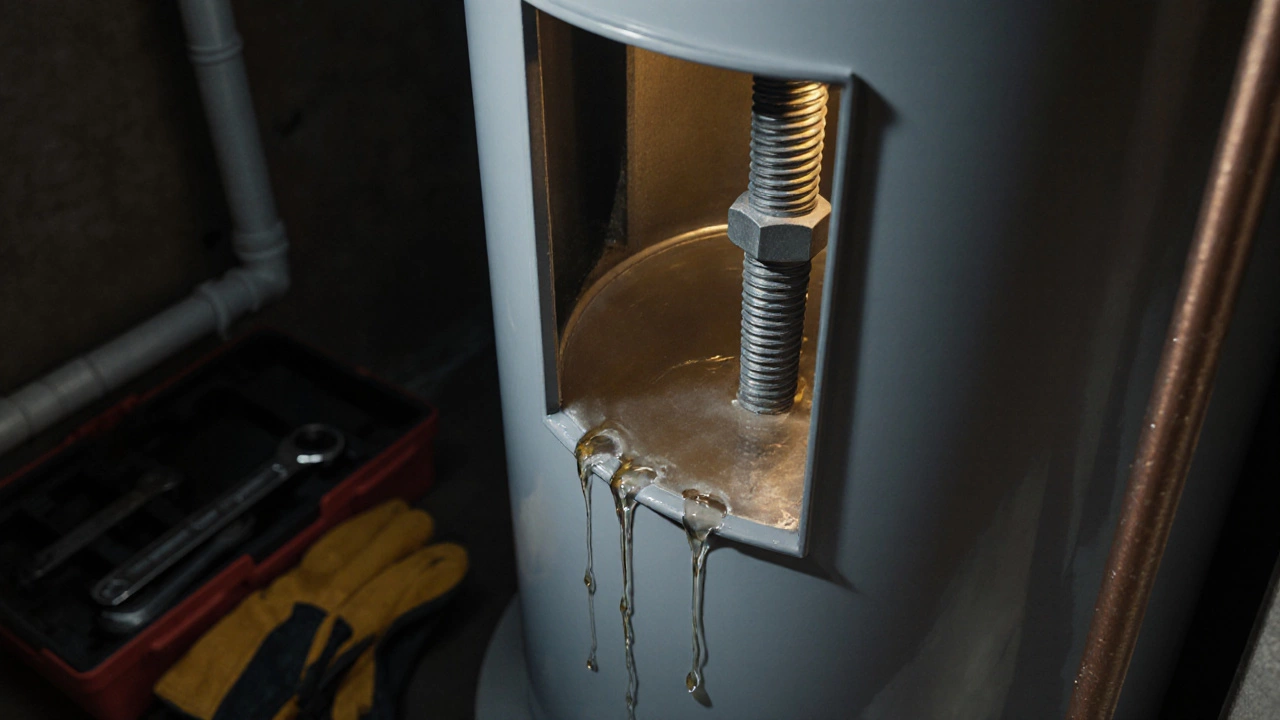When you hear the word replace, you’re looking at the moment you decide to swap an old or broken device for a new one. Also called substitution, it often follows a failed repair, a process that tries to bring the same unit back to life. Both actions revolve around a appliance, whether it’s a fridge, boiler or washing machine, and they hinge on the equipment’s lifespan. In short, replace links the condition of the gadget, the cost of fixing it, and how long it’s expected to run after any work.
The first thing to ask yourself is how the fault impacts daily use. If a freezer stops cooling completely, the risk of food spoilage spikes, and a quick fix might not be enough—this is a classic case where maintenance can’t stop the cycle. A second factor is cost: when the price of a new part, like a washing‑machine drum, tops the cost of a comparable new unit, the balance tips toward buying fresh. Finally, consider safety—faulty gas ovens or leaking water heaters pose real hazards, making a replacement the sensible route.
These three points—functionality, expense, and safety—form a decision triangle. The more a problem hits one corner, the stronger the case to replace. For example, a boiler that trips its reset button repeatedly usually signals a deeper issue than a single faulty thermostat. In that scenario, the safest move is to replace the whole system rather than keep tinkering.
On the flip side, not every glitch warrants a new buy. Simple dishwasher drain clogs or a broken extractor fan motor often have cheap fixes. Knowing the typical failure points—like a fridge compressor or a dryer belt—helps you gauge whether a repair can extend the appliance’s life by years or just months. When you pair that knowledge with the device’s expected service life, you get a clearer picture of the true value of a replacement.
Ultimately, the choice to replace hinges on a blend of technical insight and budget reality. Below you’ll find articles that walk through real‑world scenarios—from freezer failures to boiler lifespan—so you can spot the signs early, weigh repair costs, and decide if a fresh appliance is the smarter move. Dive into the collection and arm yourself with the facts you need before you call a technician or head to the showroom.
Posted by
Orin Trask
0 Comments

Learn how to spot a failing anode rod, inspect it safely, interpret the signs, and replace it to protect your water heater from corrosion.
read more